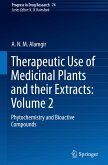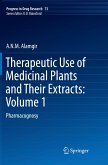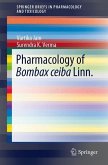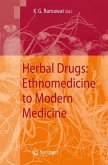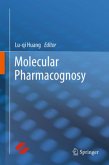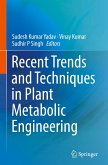This book starts with a general introduction to phytochemistry, followed by chapters on plant constituents, their origins and chemistry, but also discussing animal-, microorganism- and mineral-based drugs. Further chapters cover vitamins, food additives and excipients as well as xenobiotics and poisons. The book also explores the herbal approach to disease management and molecular pharmacognosy and introduces methods of qualitative and quantitative analysis of plant constituents.
Phytochemicals are classified as primary (e.g. carbohydrates, lipids, amino acid derivations, etc.) or secondary (e.g. alkaloids, terpenes and terpenoids, phenolic compounds, glycosides, etc.) metabolites according to their metabolic route of origin, chemical structure and function. A wide variety of primary and secondary phytochemicals are present in medicinal plants, some of which are active phytomedicines and some of which are pharmaceutical excipients.
Phytochemicals are classified as primary (e.g. carbohydrates, lipids, amino acid derivations, etc.) or secondary (e.g. alkaloids, terpenes and terpenoids, phenolic compounds, glycosides, etc.) metabolites according to their metabolic route of origin, chemical structure and function. A wide variety of primary and secondary phytochemicals are present in medicinal plants, some of which are active phytomedicines and some of which are pharmaceutical excipients.


